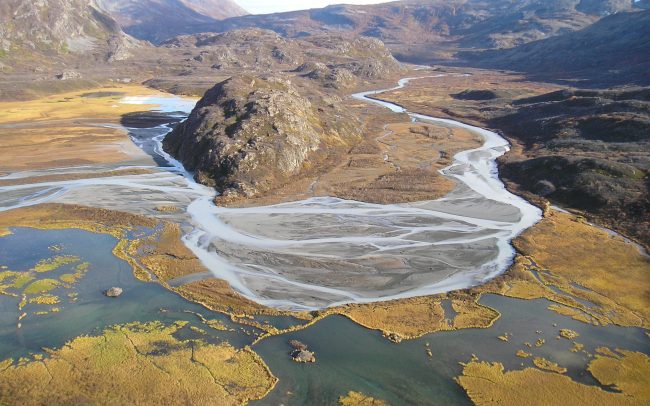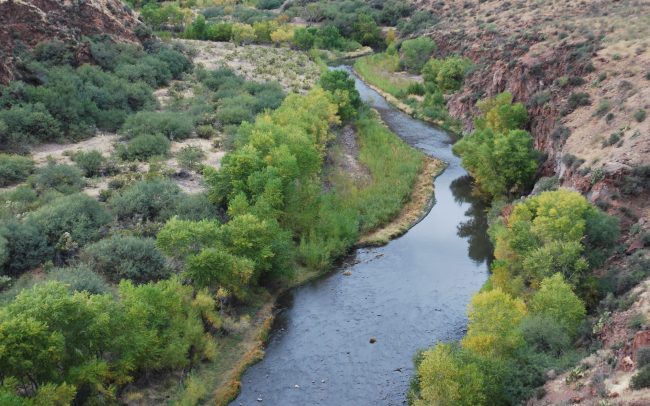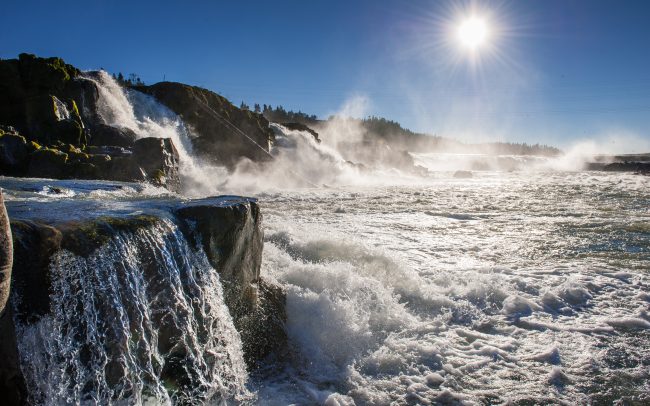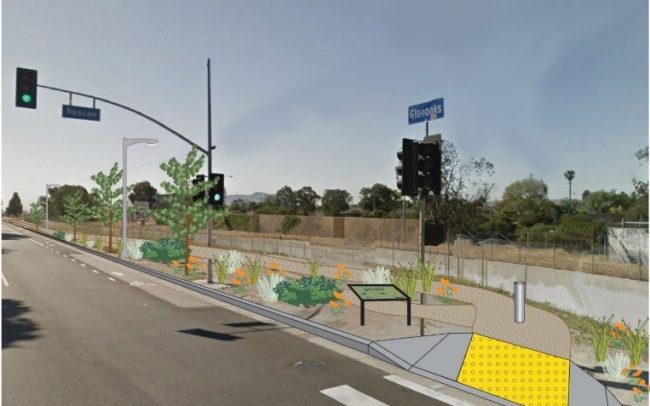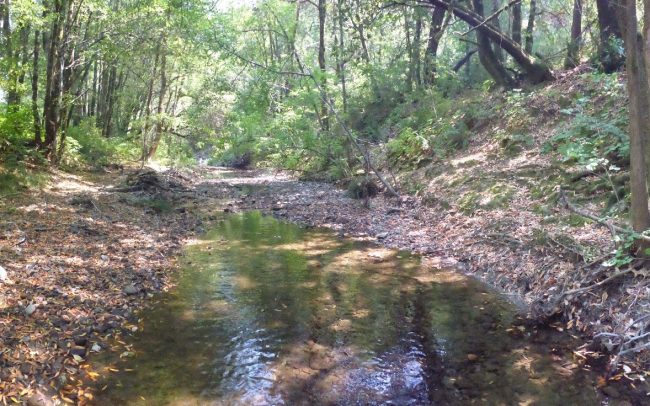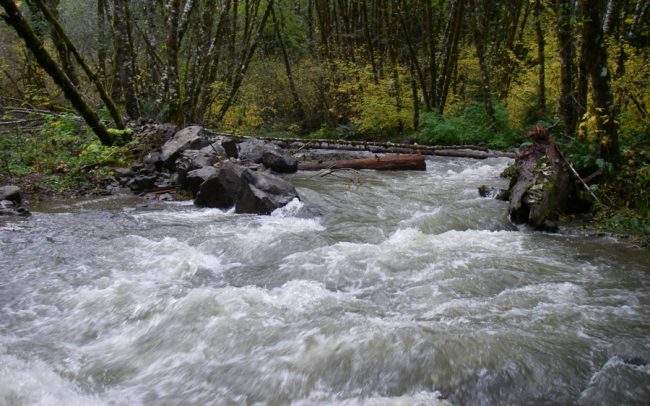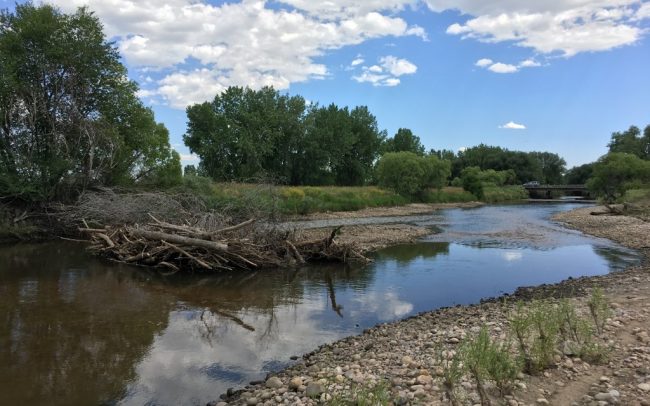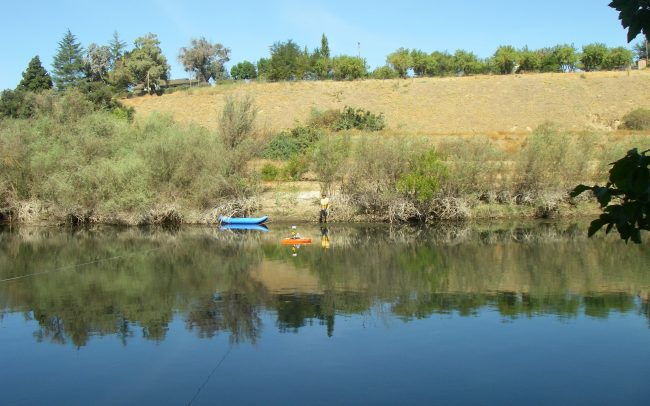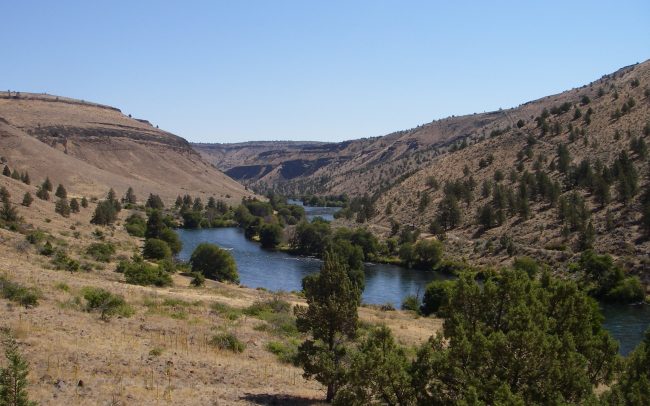With a relatively intact riparian corridor and host to a number of threatened or endangered native species, the lower Santa Clara River presents a rare opportunity for large-scale restoration compared with other, highly degraded southern California rivers. Stillwater Sciences is currently evaluating geomorphic, riparian vegetation, and focal species habitat conditions to assist with the acquisition, management, and eventual restoration of lands within the Santa Clara River Parkway. The project is just a portion of a larger effort by the California Coastal Conservancy to acquire and restore existing habitats and flood-prone property from willing sellers.
Evaluating current conditions
We conducted both a broad-based geomorphic evaluation of the watershed, as well as reach-specific studies to provide the physical habitat template upon which to develop restoration strategies. We linked physical processes with riparian vegetation dynamics to assist in predicting how riparian vegetation may establish and persist on restored floodplains within the study area. To help further guide the discussion, we selected 11 focal species to evaluate the degree to which restoration strategies may benefit these individual species, many of which have declined and may require habitat restoration to persist in the area.
Restoration Potential
For the final Floodplain Restoration Feasibility Study, Stillwater Sciences is synthesizing these assessments to provide an understanding of physical processes (hydrology and geomorphology), habitat dynamics, and biological resources within the watershed and developing a set of feasible restoration strategies (given opportunities and existing constraints) for use in site-specific restoration planning efforts within the Parkway area.

